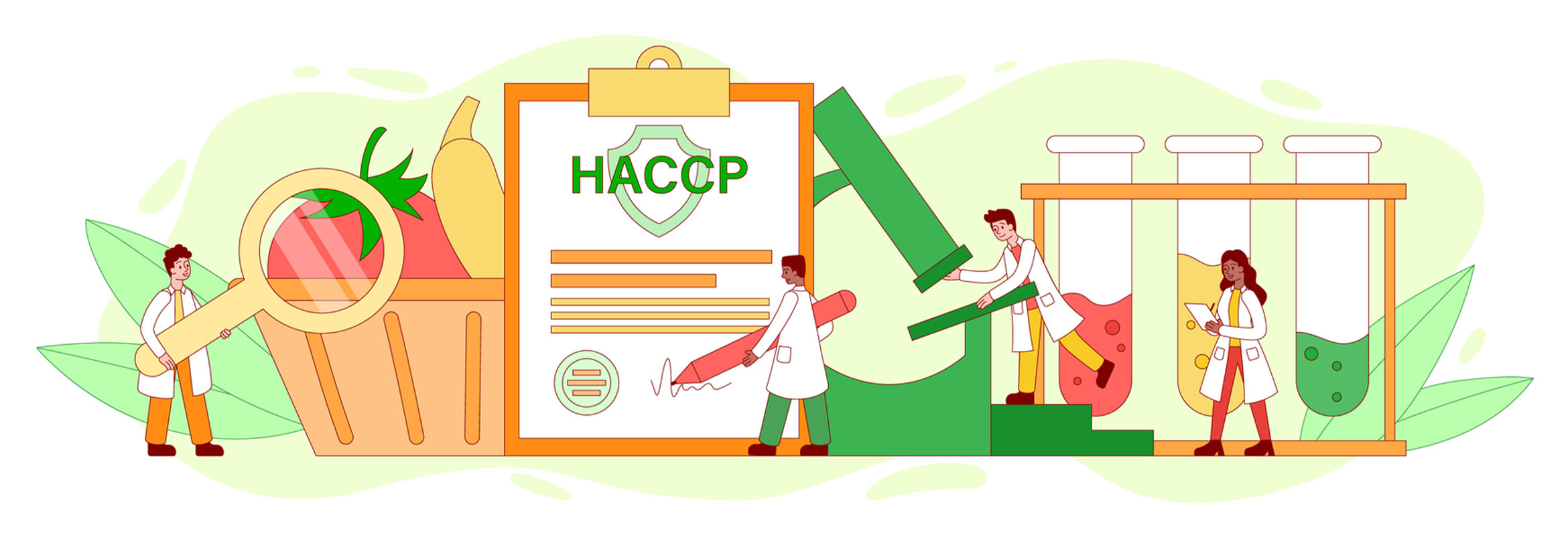Jan 25, 2021 by Mark Dingley
Those in the industry have most certainly heard of HACCP, or ‘Hazard Analysis and Critical Control Points’ - this food safety program has been around since the 1960s, after all.
Most food businesses in Australia need to devise a food safety program based on HACCP principles if they want their products to appear on supermarket shelves or in a consumer’s hands.

These are newer acronyms, which have entered into food safety jargon thanks to the increasing threat of food fraud. For example, it has recently been reported that 30% of seafood on the international market has been incorrectly labelled.
A significant threat to all food businesses, food fraud is having a significant impact on global consumer trust.
Every publicised incident increases pressure on retailers, suppliers and manufacturers to do everything in their power to ensure the safety and pedigree of their food. This is just one of the reasons why all three of these food safety programs are so critical.
So, which of these plans does your business need?
In this blog, we’ve outlined the food safety plans and standards required by Australia’s major retailers – and how they can help you to fight food fraud – in more detail.
There are organisations around the world who are focused solely on food safety and preventing food fraud. They are responsible for developing standards, regulations and business certifications designed to reduce food safety risks.

One of these organisations is the Global Food Safety Initiative (GFSI). They are responsible for creating the world’s most widely known benchmarking document for food safety requirements. Companies can become GFSI certified by undertaking one of their recognised food safety and security certification programs, including:
Companies need to develop HACCP, TACCP or VACCP Food Safety Plans to achieve full compliance with worldwide food safety standards (including GFSI and BRC). These programs each focus on a different aspect of food safety.
Hazard Analysis Critical Control Points – or HACCP – is a systematic approach to food safety that is designed to either prevent or minimise the risk of unintentional food contamination. Originally created by NASA in the 1960s to ensure the safety of astronauts’ food, this program is required by most food businesses today as outlined in Standard 3.2.1 of the Food Standards Code. If you supply to major retailers like Coles, you need a HACCP plan.
Vulnerability Assessment Critical Control Points – or VACCP – identifies vulnerabilities surrounding food fraud for food businesses (such as adulteration, counterfeiting, dilution, mislabelling, smuggling and stolen goods). The plan is designed to cover the identification and control of these vulnerabilities by requiring you to think like a criminal.
Threat Assessment Critical Control Points – or TACCP – focuses on threats that are performed for ideological rather than economic reasons. Here we’re referring to threats like the intentional contamination of food products, sabotage of the supply chain, or even the use of food or drink for criminal intent or terrorism.

TACCP, VACCP and HACCP all work towards the same goal – helping businesses to identify potential areas in their supply chain where risks and fraud could occur, as well as determining ways to prevent, eliminate or reduce this from occurring.
Whilst they have similarities, however, it is important to remember that these programs are not the same. HACCP is only designed to address unintentional acts of contamination, not intentional ones. This is why TACCP and VACCP have been developed.
It’s important to note that, whilst VACCP and TACCP standards are not legally required in Australia (yet), some major retailers (like Coles) have made it mandatory for businesses to have these safety plans in place before their goods can be stocked.
In short, it just makes good business sense.
By using these three food and beverage management systems correctly, you will ensure the safety of your products from both intentional and unintentional contamination, all whilst building trust amongst trading partners and consumers. And what could be more important than that?
Keep your eyes peeled for part two, where we’ll cover the technology and processes you need to implement these food safety plans effectively (including laser technology and serialisation). Can’t wait that long? Contact the Matthews team today and we’ll help you to discover which solutions are right for you.